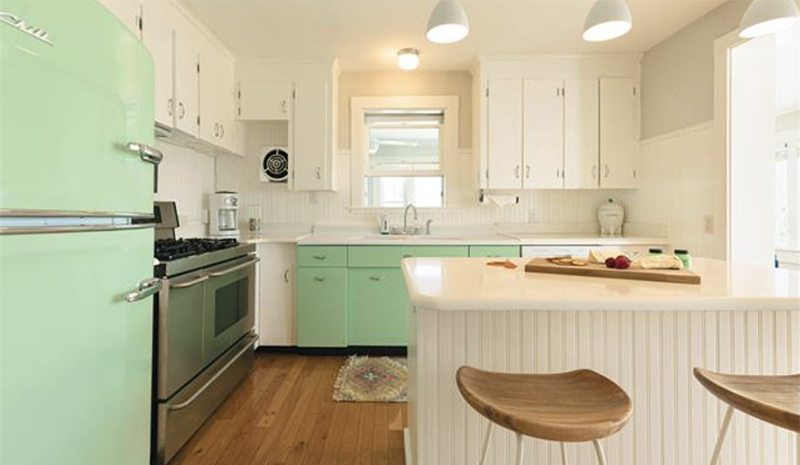Buyers outnumber the sellers and prices need to be adjusted downward - by Earle Wason

I am an optimistic person therefore first with the good news. At this time of limited inventory, a number of hotels have sold where the motivation is based upon generational change. These owners usually have low debt, have been in ownership for significant periods of time and have good equity.
Also, roadside motels and inns which were predicted to be outdated and ready to be demolished have made a comeback. Tourists and travelers are enamored by the funky remodeling and quality rooms seen in these properties. I have a property for sale that has lime-green refrigerators in the room, pink sinks and tile in the baths and a retro upgrade to the rooms.

There is also good demand for older interior corridor hotels. These hotels must be at least three stories, have elevators or the ability to easily add elevators and block and plank construction is a plus. These hotels sell for $100,000 a key or less and therefore after renovation they are considerably less cost than new construction which is likely more than $200,000 a room. Some of the latest brands or soft brands are perfect for these opportunities.
Now, the facts for 2024 indicate lower hotel revenues, lower occupancy rates and lower room rates. In looking back 2022 was remarkably high revenue, occupancy, and room rate year for hotels throughout the Northeast. That year is not the benchmark but was instrumental in many higher hotel sales prices in 2022 and 2023. Revenues dropped in 2023 and further dropped to date in 2024, and I cannot see a change in that for the balance of the year. It is hard to see a change until after the elections. I have experienced many slowdowns in my career, and each has a different personality. Consolidation of hotel ownership began in the early 1990s, as I have indicated before, we now have 60% less hotel owners. This should help in having less hotels in financial trouble shows the slowdown continue.
This leads to current interest rates. Hotel financing has become more difficult, lenders are requiring larger down-payments and higher “debt coverage ratios.” Interest rates vary from 6.25% to 7.5%. The reduction of the Fed Funds Rate by fifty basis points has not had much affect do date. The 7% to 8% interest rate range has been the norm for most of my career so looking for a big decrease in interest rates is not likely. That means we are back to the old norm and a valuation adjustment. If you are thinking of selling or buying it makes no sense to wait for the rates to go down as the other adjustment to value is the significant increase in operating costs. Obviously: labor, cost of goods, utilities, real estate taxes and insurance costs. One hotel I am familiar with just saw the annual insurance cost move from $82,000 per year to $145,000 per year. This equates to lower profitability and therefore lower values.
The cause for the revenue decreases is alarming. There are many factors for the softness in demand: market volitivity, inflation, the substantial number of U.S. citizens living paycheck to paycheck, more Americans traveling overseas, less Europeans traveling to the U.S. and more. Business travel has leveled off at less than seen in the pre-pandemic years.
As to hotel sales activity it has decreased below the 2023 level. There is limited inventory and hotels that have been marketed are still in 2022 or 2023 pricing levels. The demand to buy remains solid but buyers outnumber sellers and prices need to be adjusted downward. Demand for decent quality hotels priced in the 9% to 11% capitalization rate range (including any PIP costs) is still in play but hard to find. New construction still exists but construction costs remain exceedingly high. There are now so many brands available targeting different market segments. This is the generator of new construction, but the level of new construction should be fading until there is growth in revenues and lenders are better prepared to provide financing.
Earle Wason, CCIM, is president and owner of Wason Associates Hospitality Real Estate Brokerage Group, Portsmouth, N.H.







.png)
